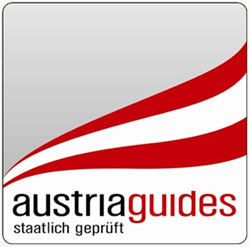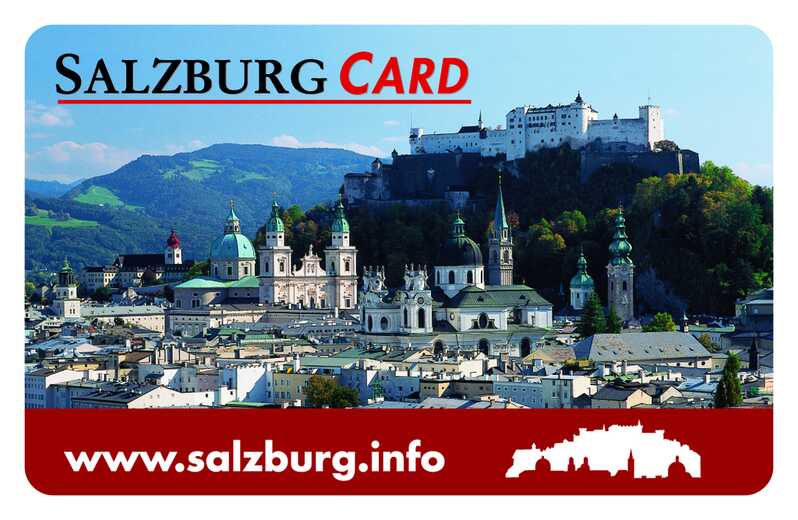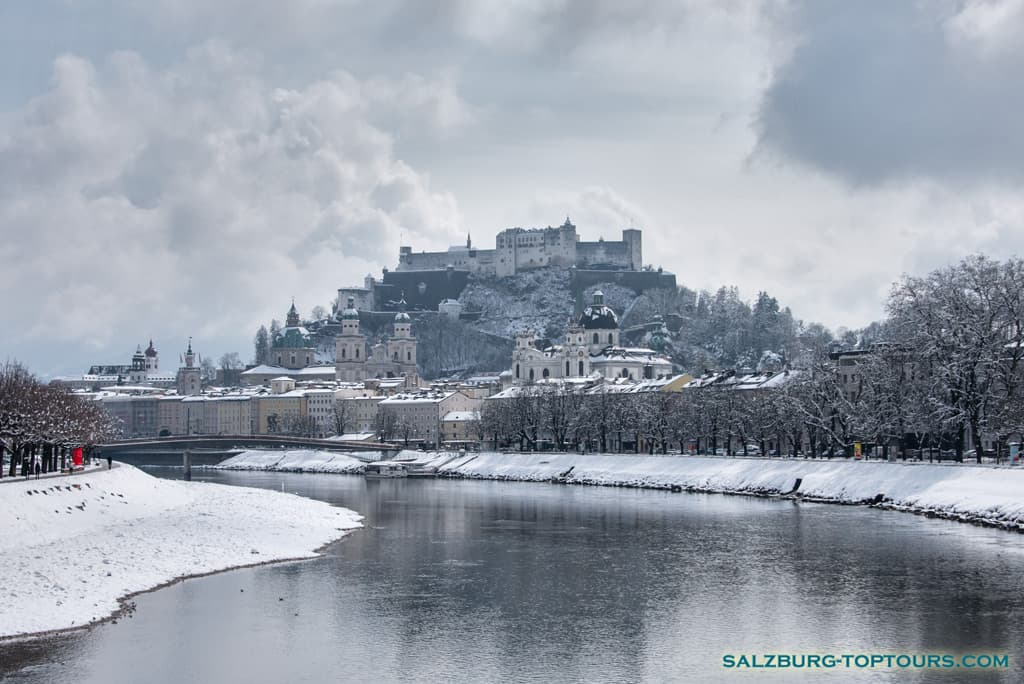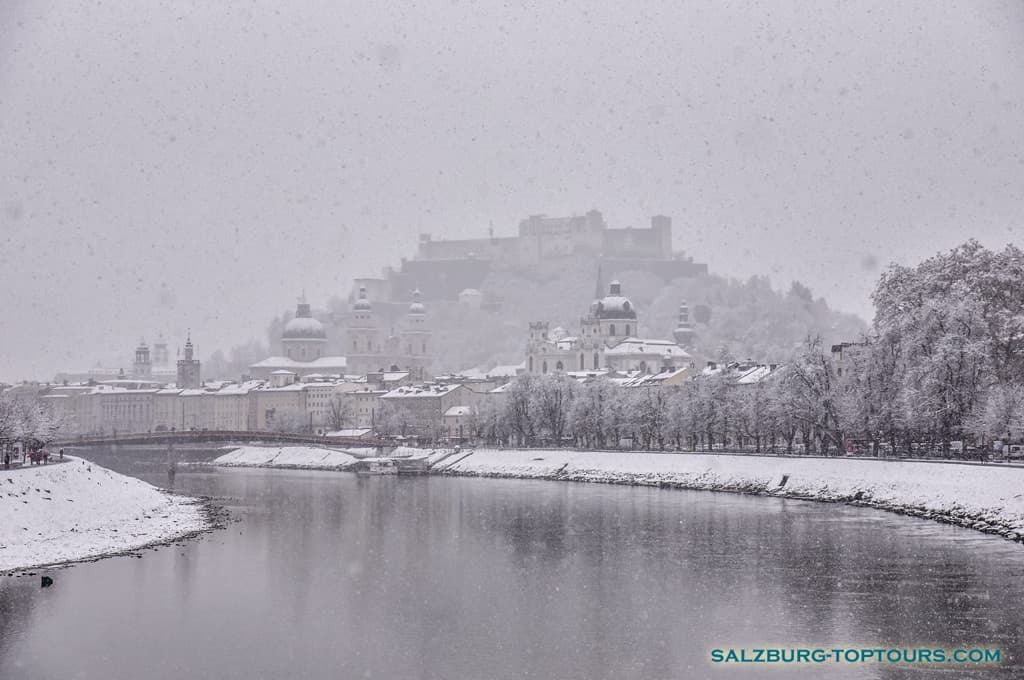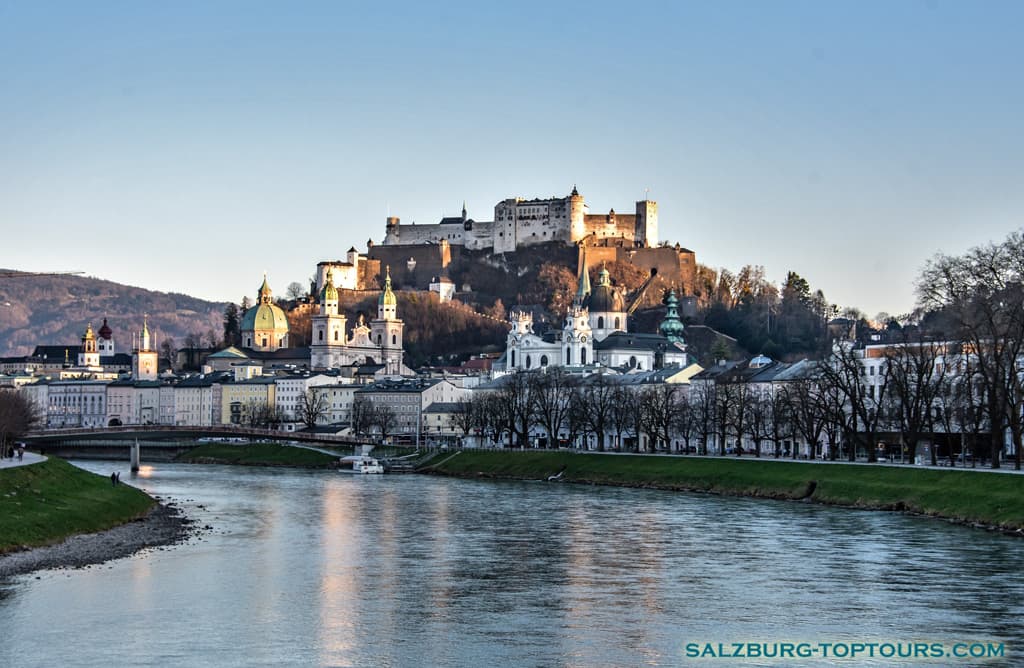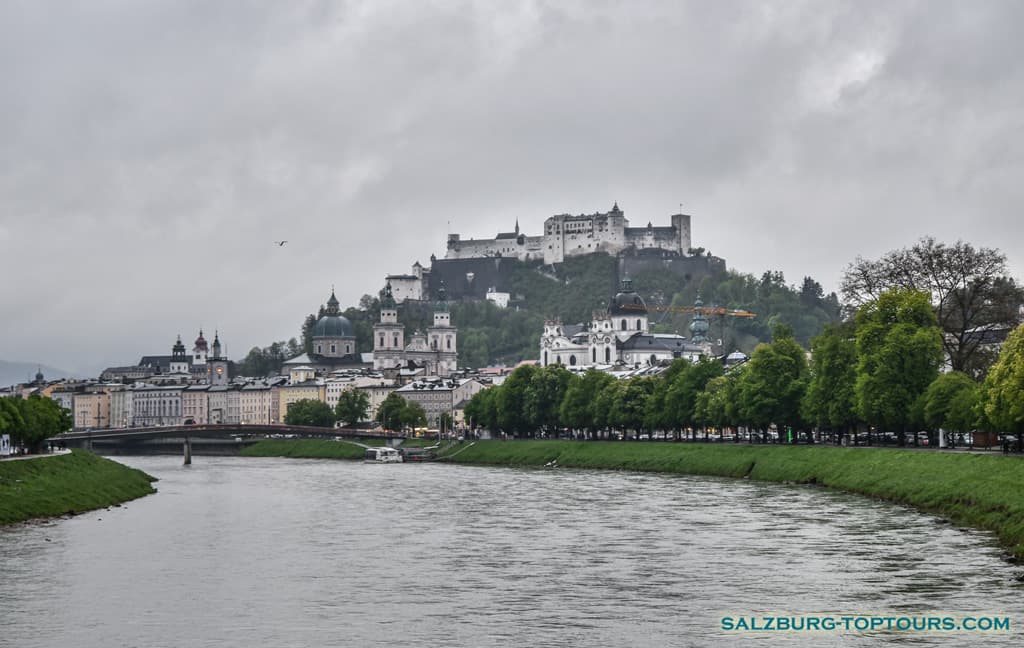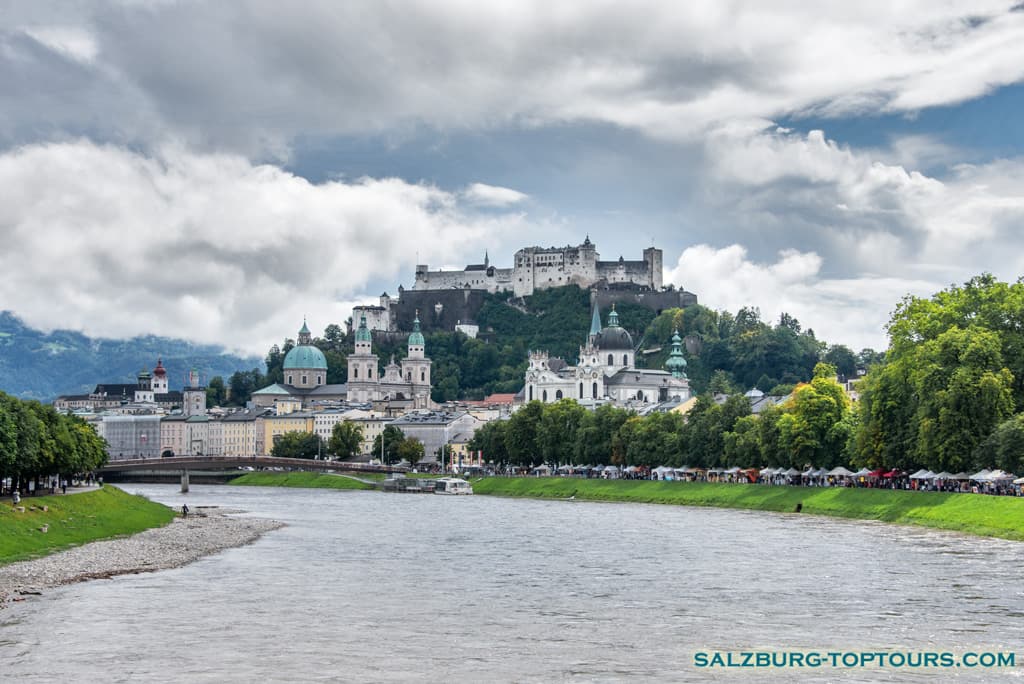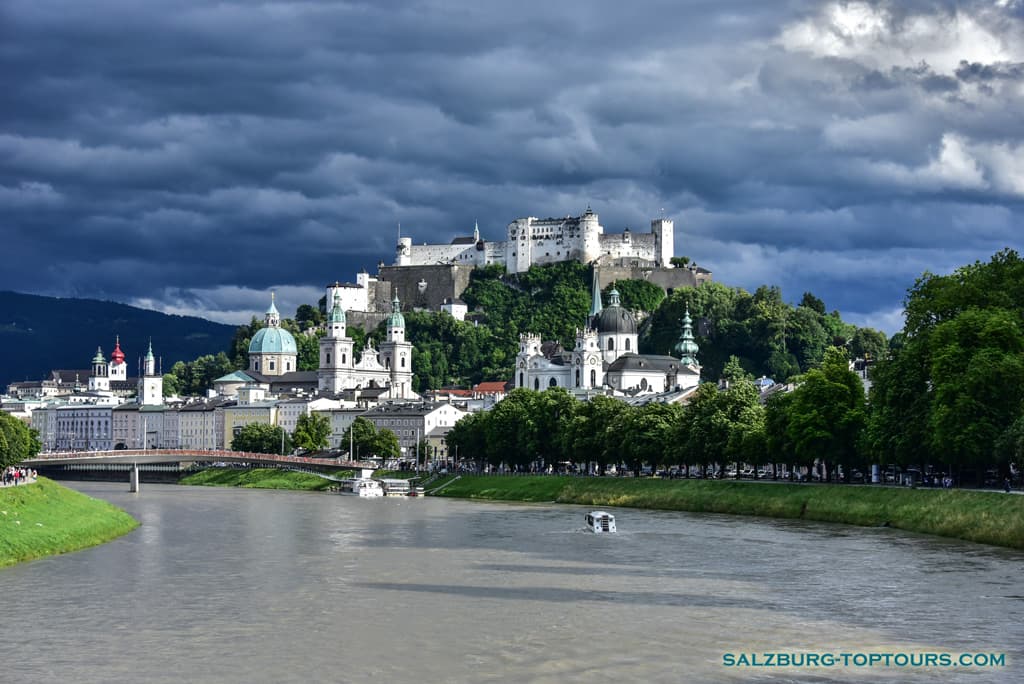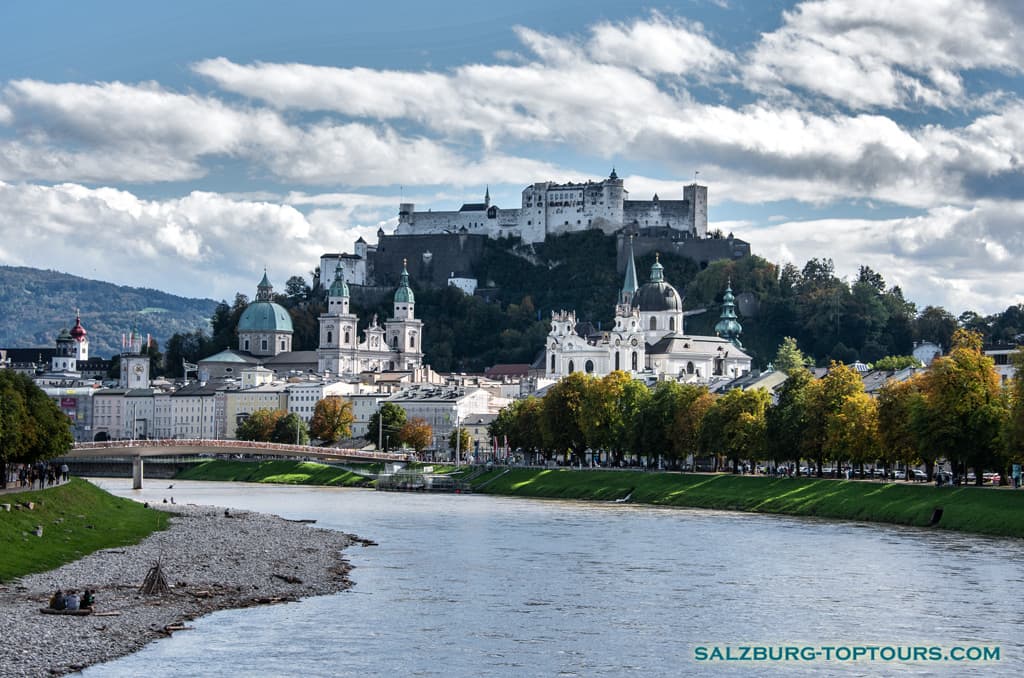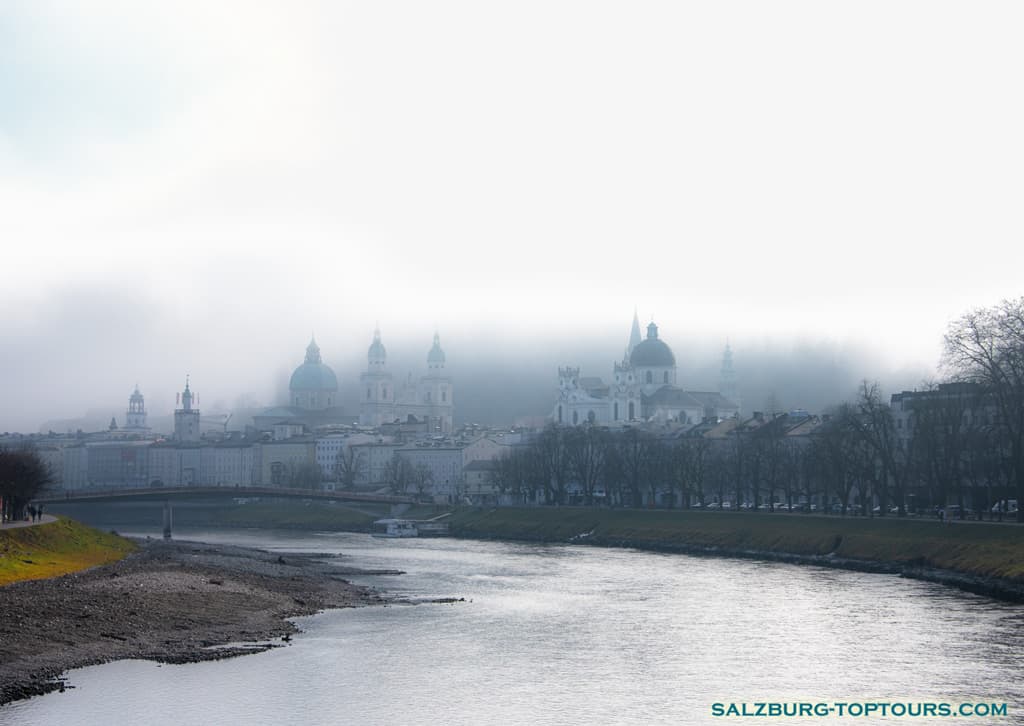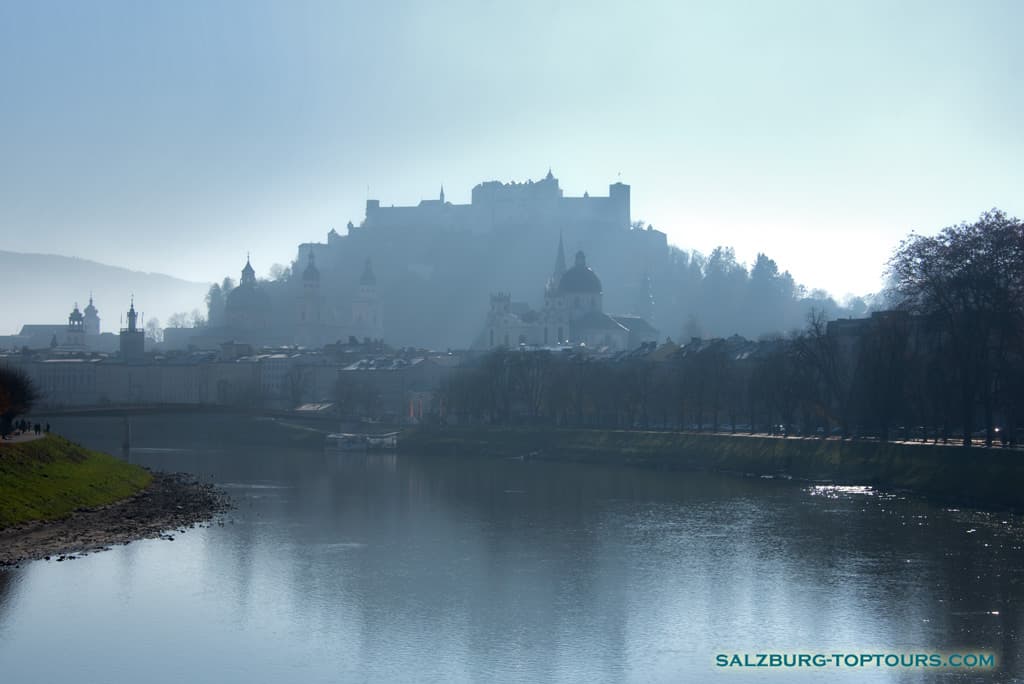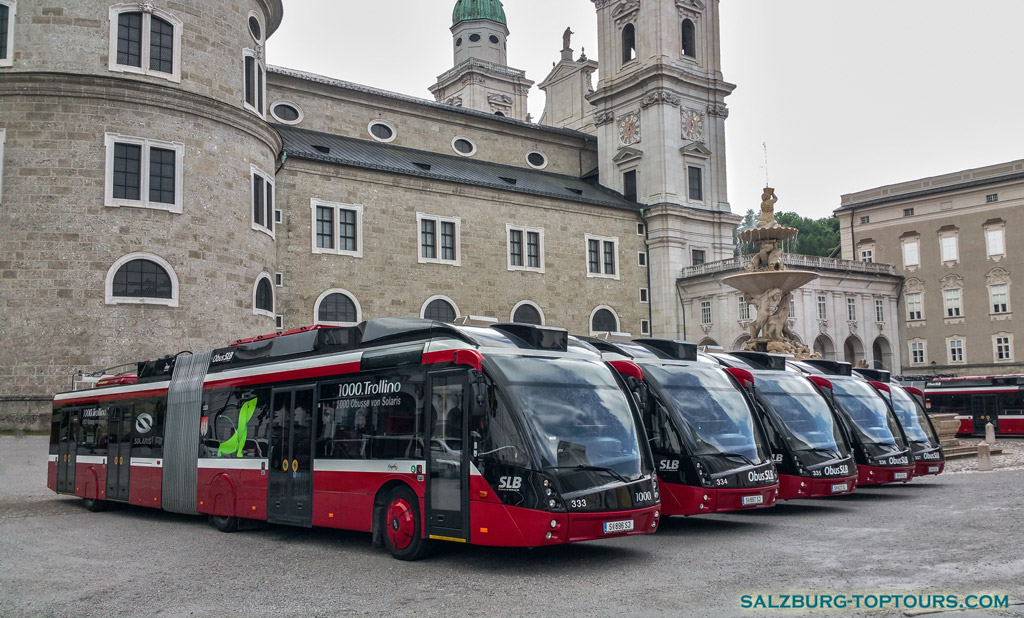Parking regulations for cars and coaches in Salzburg
Cars
Street parking in Salzburg is generally allowed for a maximum of three hours. The price is 1,50 Euro per hour and 4,50 Euro for three hours. Payment machines are located every 50 meters along the street. The receipt must be placed under the windshield for the attendant to see.
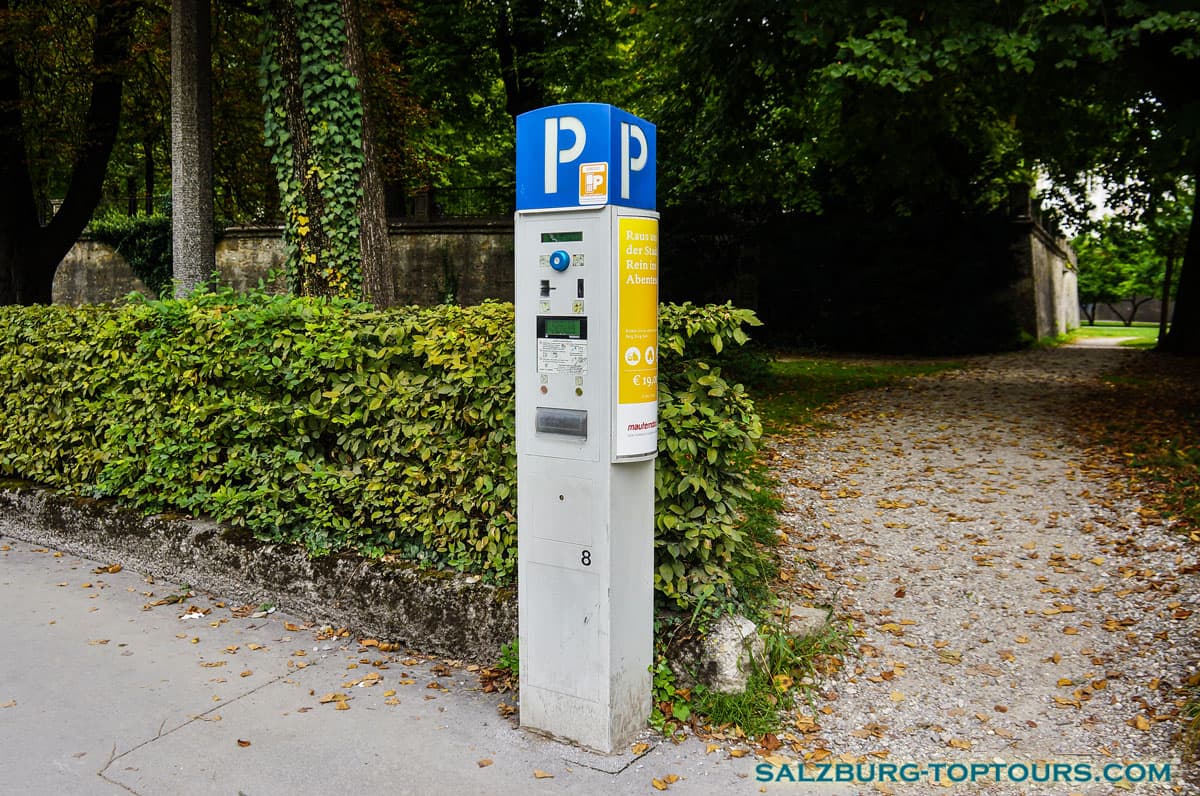
Salzburg also has free parking zones. These are further away from the city centre and also have a three-hour time limit. It's important to place a parking meter under the windscreen to show the time of your arrival. These can be bought at petrol stations or tobacconists. Alternatively, you can write down your arrival time on a piece of paper.
The light blue area on the map is the three-hour free parking zone and the purple area is the three-hour paid parking zone.
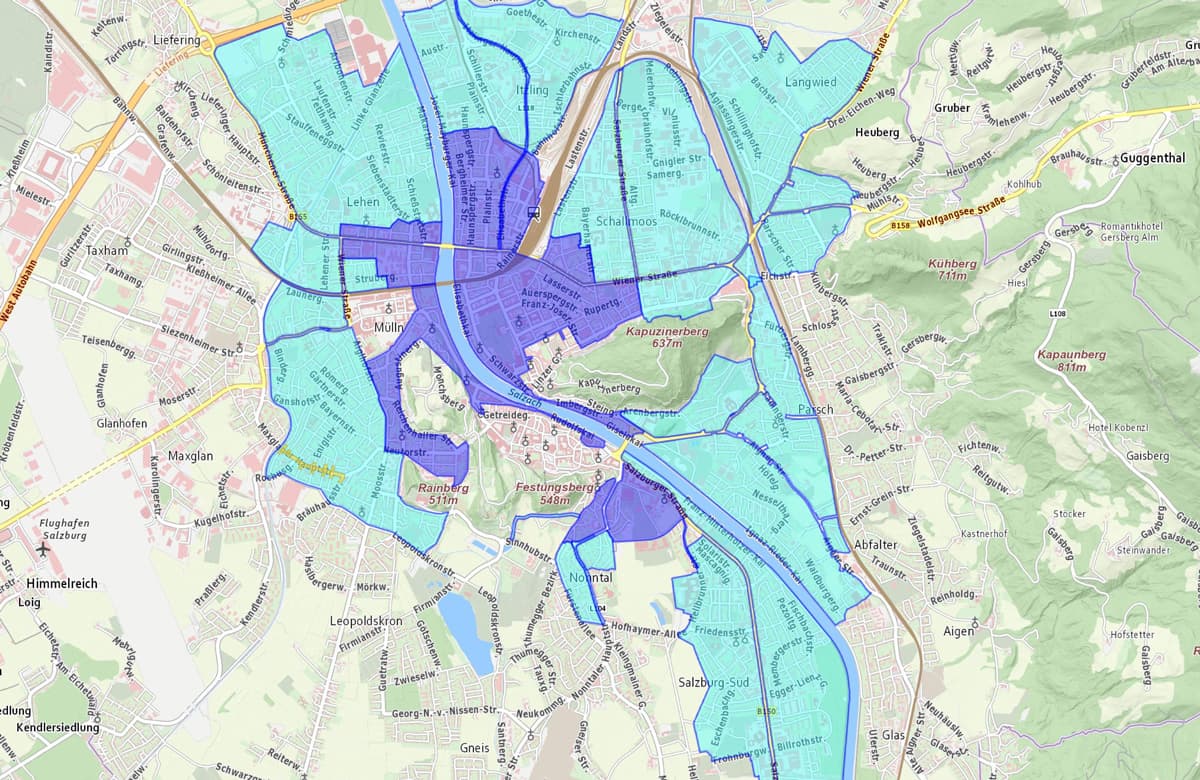
Parking is free on all streets in Salzburg on weekdays from 19:00 to 09:00 and unlimited on weekends and holidays.
It is important to read the street signs carefully. If you see something like Zone-1 or Zone-3, only residents living nearby are allowed to park here. Parking fines in Salzburg range from €25 to €85. Avoid parking under a no-parking sign or blocking an exit, as this may result in towing. In such cases, the car owner must pay €200 to retrieve the vehicle, plus a hefty fine. Parking on private property can increase the fine to 500 euros.
The old town of Salzburg is a pedestrian zone closed to traffic by retractable bollards. The barriers are lowered until 11:00 on weekdays for deliveries, but permission is still required to enter the pedestrian zone. At 11:00, the barriers are lifted and the old town is closed to traffic except for taxis and residents of the area. If you have booked a hotel in the old town, you will need to obtain the code for lowering the barriers. Under no circumstances should you attempt to drive through the lowered barrier behind the other car, as this will damage your vehicle. Breaking the bollard will result in additional repair costs amounting to thousands of euros.
There are a number of car parks and garages available in the city centre of Salzburg.
Mönchsberggarage - Hildmann Platz 5. The cost is 3,30 euros per hour.
Mirabell Garage - Mirabellplatz 5b. The cost is 3.50 euros per hour.
Parkgarage Raiffeisen - Schwarzstrasse 15. The cost is 2.60 euros per hour.
Parkgarage Linzergasse - Glockengasse 4a. The cost is 2.50 euros per hour.
Rot-Kreuz-Parkplatz - Franz-Josef-Kai 10. The cost is 2.80 euros per hour.
Garage Barmherzige Brüger - Kajetanerplatz 1. The cost is 2.80 euros per hour.
CONTIPARK Wifigarage - Julius-Raab-Platz, 5020 Salzburg. The cost is 2,80 euros per hour.
Augustiner Bräu parking lot - Lindhofstrasse 6. The cost is 2 euros per hour.
Parkplatz Petersbrunnhof - Petersbrunnstraße. The cost is 1,20 euros per hour.
During peak tourist season (July-August), it can be challenging to find parking in the center of Salzburg, so it is recommended to park at the entrance to the city
Park & Ride Salzburg Süd, 5020 Salzburg
or
Park & Ride Am Messezentrum 1, 5020 Salzburg
The parking fee of €15 includes a P&R Combo Ticket, valid for 24 hours and valid for up to 5 people on all public buses. Buses 3, 8 and 1 run every 15 minutes and take 20-25 minutes to get to the city centre. The P&R Combo Ticket must be purchased at the car park machine before boarding the public bus. Read about public transport in Salzburg.
Caravans may only be parked during the day. Overnight they must be parked in designated caravan sites on the outskirts of the city.
Tourist buses
Salzburg has two official tourist bus terminals where groups can be dropped off and picked up. These stops are
Bus Terminal Nonntal located at Erzabt-Klotz Street 5
and
Bus Terminal Paris-Lodron Street 5
To access these terminals, the bus company must book a time slot for 70 euros on Salzburg's Tourist Department website. 45-minute inaccuracy in arrival and departure times is tolerated. The quoted price includes the drop-off, pick-up, and parking of the bus 15-20 minutes away from the terminal. Arriving at the terminal without a reservation will result in a fine of 90 euros as well as 90 euros fine to pick up the group. Releasing a group in an improper area will result in a penalty of 150 euros.
Drivers of tourist coaches must know that the streets along the river Salzach, such as Imbergstrasse, Rudolfskai, Franz-Josef Kai, and the central bridge Staatsbrücke, are closed for tourist buses from 8:00 to 18:00. Violation results in a fine of 150 euros!
As a resident of Salzburg, I know several life hacks that can park in Salzburg for cheaper or even free. I would be happy to share these tips with my potential clients.
Tags: Public transportation in Salzburg, Driving and walking tour of Salzburg, Tourist Card - SALZBURG CARD, Transfer Service in Salzburg,
